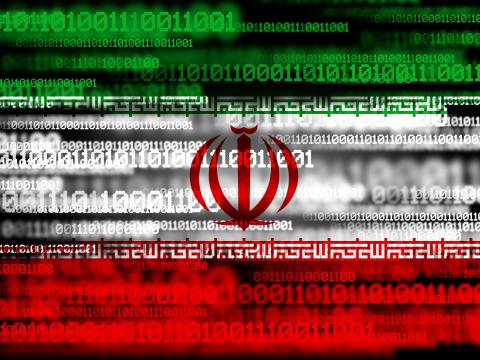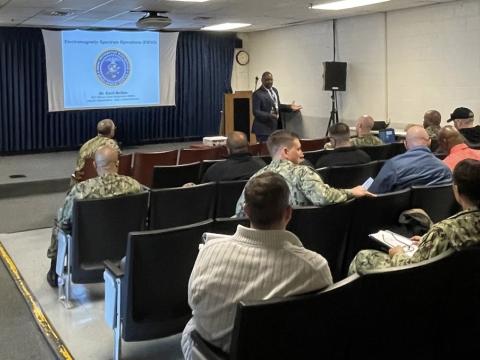Multinational Leaders Examine New and Improved Products
To some, the Coalition Warrior Interoperability Demonstration (CWID) may seem as cyclical as the scenes in Ground Hog Day, but that is nowhere near the case for the 2009 event. First, the host combatant command (COCOM) has changed; the U.S. Joint Forces Command (JFCOM) takes the lead this year. Second, Gen. James N. Mattis, USMC, who serves as commander of JFCOM as well as NATO's Supreme Allied Commander Transformation, will be in charge of both the
Capt. Donald Neubert, USN, network operations and senior management chairman, CWID, Joint Capability Development Directorate, JFCOM, explains that the focus of CWID is on technology discovery, risk reduction and interoperability testing. This year’s objectives center on providing leader-centric, network-enabled capabilities for the warfighter, he adds. For example, experiments at JFCOM’s Joint Warfighting Center (JWC) will include solutions in the areas of cross-domain information sharing, support of the CENTRIX Cross Enclave Requirement risk reduction effort, multinational ground and maritime command and control data exchange and interoperability, and disconnected, intermittent or low bandwidth user communications suites. Approximately 47 information technologies will be examined at the JWC.
Three different types of technology assessments will take place. The first is a warfighter assessment in which troops at each of the CWID sites will use the technology. “Their hands are on the keyboard, they are on the radio or they are putting up a satellite feed, and then they assess [the technology] to see the utility of the technology to warfighters. Will they be able to use it? Do they understand what they’re seeing? Do they understand the capability? Is it easy to set up? Is it easy to put on the network? That last one is a key part,” Capt. Neubert explains.
The second assessment involves information assurance. Demonstration participants will examine solutions to determine if they meet the U.S. Defense Department’s requirements in information security and if information can continue to flow, the captain says.
An interoperability assessment, core to the CWID event, is the third evaluation that will take place. The goal will be to determine if the capabilities can interoperate either between component commanders or between commanders and warfighters. “If the joint force commander has a Marine component and an air component—an Marine Air-Ground Task Force component—the goal is to make sure that they can talk to each other as well as talk to coalition forces or NATO forces,” Capt. Neubert notes.
Results from these assessments will be published in the Top Performing Technologies Report, which will include solid results data rather than just an overview of capabilities. A Web portal will be established so decision makers at COCOMs, in the services and agencies, and in the acquisition community can access the evaluations and know which technologies meet the Defense Department’s key performance parameters. The availability of this data will help ease the transition of solutions into the acquisition process, the captain says.
Unlike past CWIDs, the 2009 event will use operational scenarios rather than a fabricated setting of make-believe countries. Still an unclassified venue, the technology will be tested in homeland defense/homeland security scenarios that involve a hurricane and a merchant ship heading toward the United States that may have terrorists and their weapons onboard. Although the malevolent activity is U.S.-centric, Capt. Neubert emphasizes that this will be played out as a worldwide situation that includes troops on the ground, in the air and at sea. “As we develop that operational thread, it starts testing the information technologies to see if they can provide the right situational awareness and warfighter utility,” he explains.
One example of the type of technology that would be crucial in this scenario is blue force tracking. A joint force commander must be able to track friendly forces to prevent fratricide and ensure awareness of the location of various components of his troops, whether that is coalition, NATO or
CWID 2009 takes place June 15 – 26, 2009. In addition to all of the armed services, representatives from U.S. Northern Command, the Defense




Comments